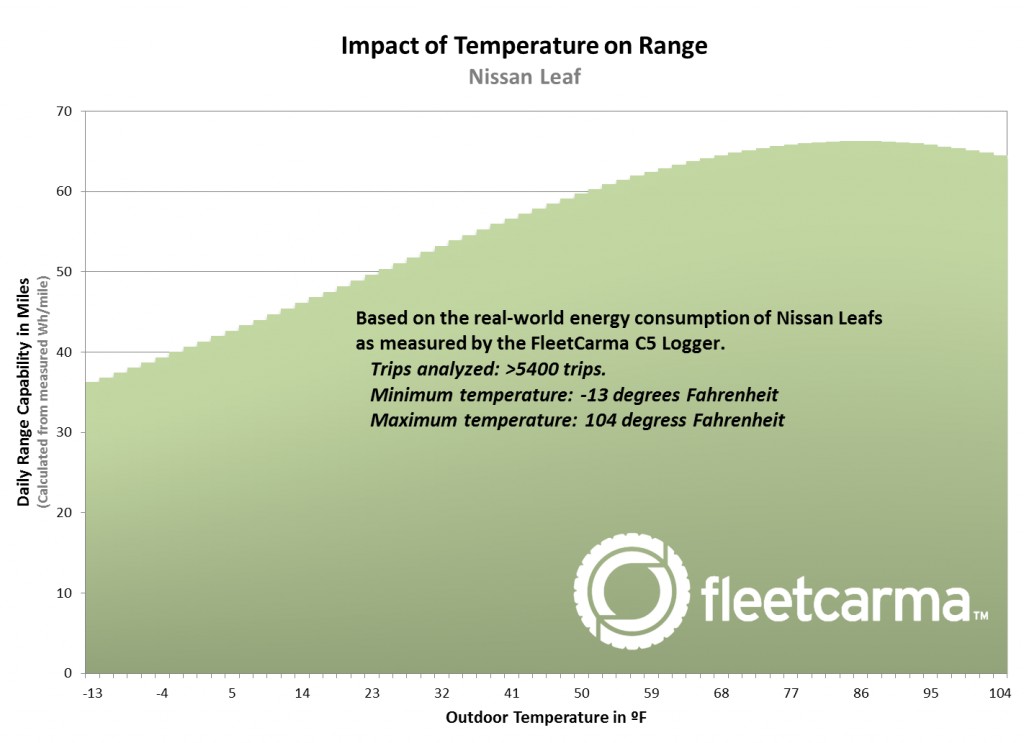surfingslovak said:
I looked at the FleetCarma chart, Pamela Thwaite's
data and Ricardo Borba's
blog post from last year. It's an anecdotal and widely diverging data collection, but the aggregate loss of range seems to be between 0.5 to 0.6% per degree Fahrenheit below room temperature. I thought that was interesting. This figure apparently includes (resistive) heater use as well.
Thanks for the data! It seems the first plot in your post is for the Nissan LEAF while the second plot is for the ActiveE. Is that correct?
If so, it brings up an interesting point: Range degrades with temperature in an EV with a battery TMS system just like without one. Of course the heater is part of this, but the point goes much farther than that: It seems that there may be a crossover related to the TIME that passes between the beginning of the drive and when it completes and which approach gives better range. For instance, I can believe that active battery TMS gives better cold-temperature range if you warm the cabin, unplug, drive your miles and then plug back in. But in the scenario where you warm the cabin, unplug, drive to a destination, park for some long period of time (nine hours at work or perhaps overnight or longer) and then drive back and plug in, then the EV without a battery TMS may have the better range in the cold. In other words, the blanket statement that I have read so many times that battery TMS gives betters cold-weather range is really only true for specific driving conditions.
I will also note that the longest trip in the plot for the ActiveE occurred between 50F and 60F. This matches Nissan projection for 2013 peak range occurring at right around 60F when the climate control is in use. I've been thinking about it for a while and it seems to make sense if you assume that most trips are taken during the daytime when solar loading would tend to make that approximately the temperature at which the least climate control is needed for optimum cabin temperature.




